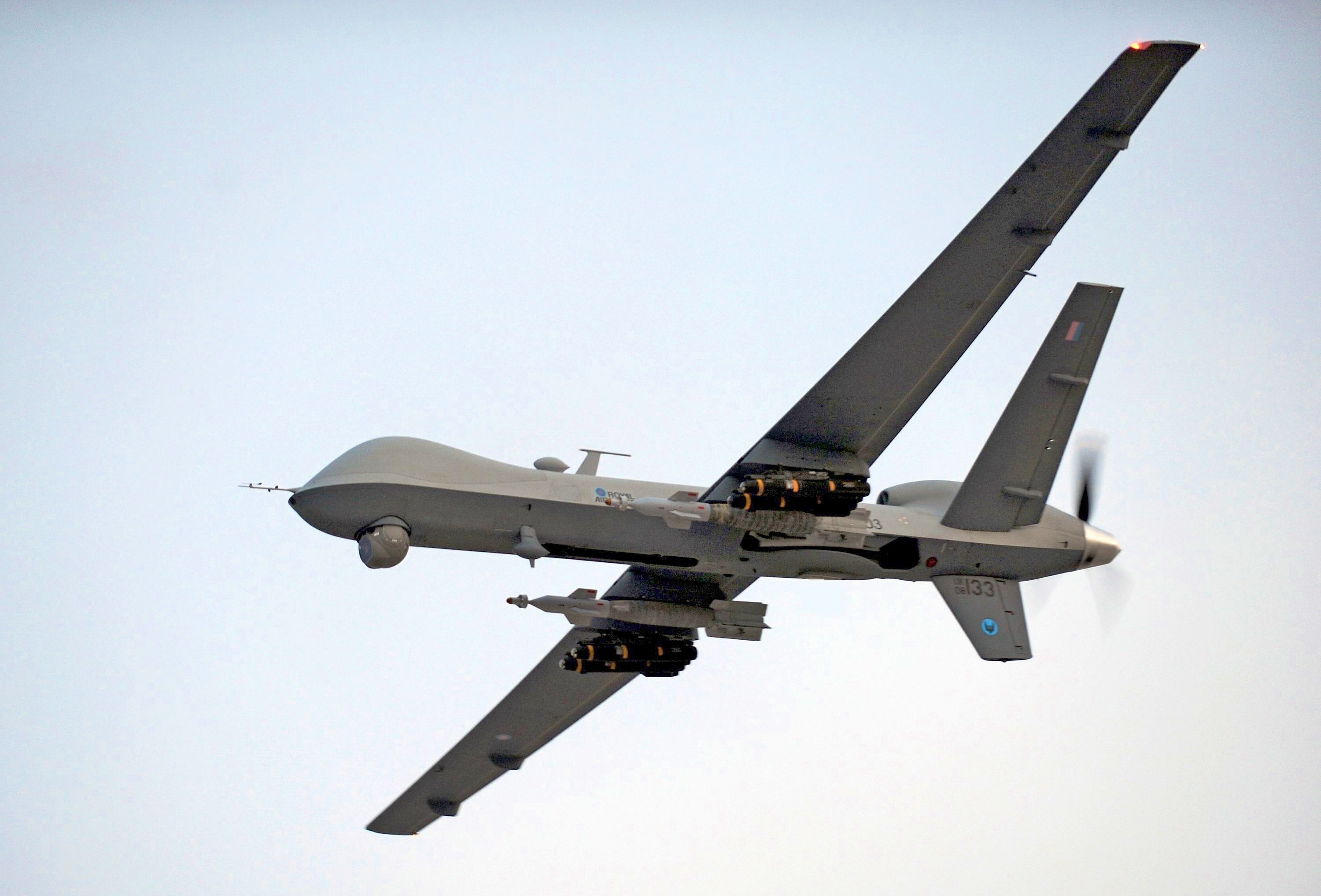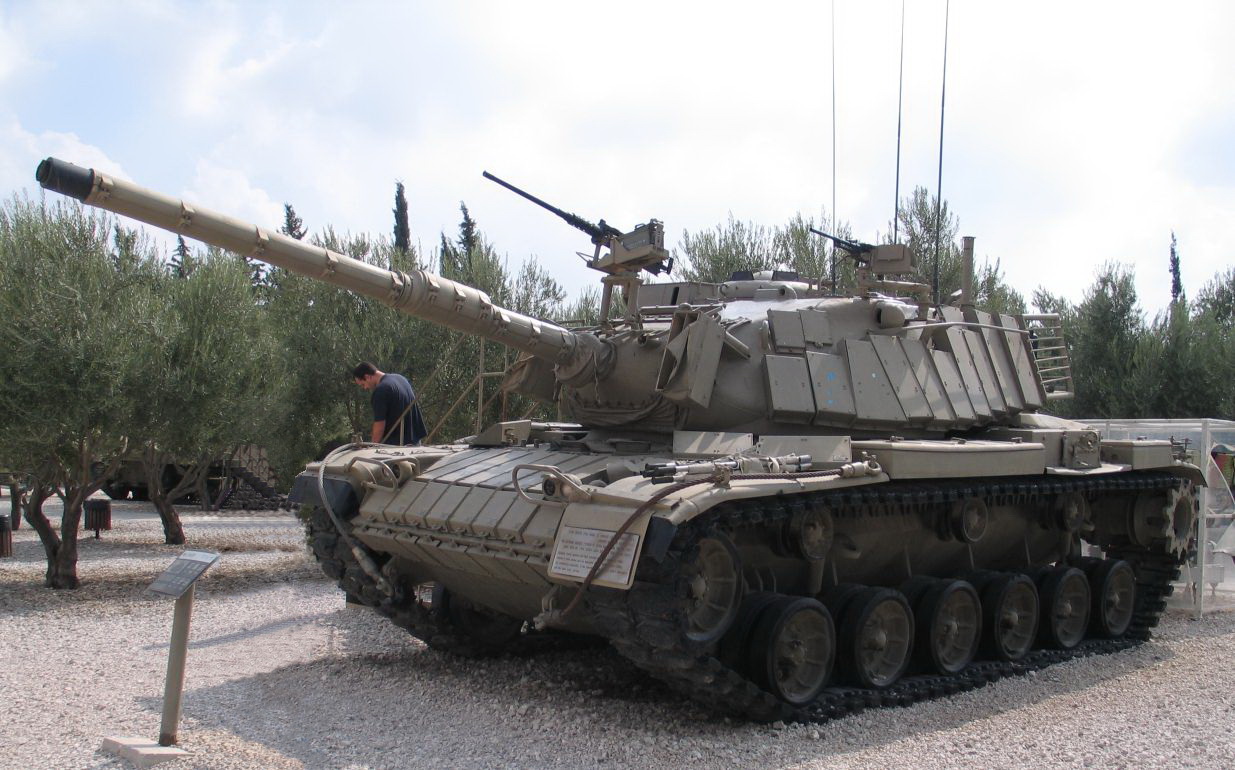|
Umtas
UMTAS or Mizrak-U ''(Uzun Menzilli Tanksavar Sistemi)'' is a modern long range air-to-surface anti-tank guided missile developed by Turkish armor and missile manufacturer Roketsan. Background The UMTAS program was begun in late 2003 by Turkey's Undersecretariat for Defence Industries (SSM), specifically to provide TAI/AgustaWestland T129 ATAK combat helicopters with an indigenous guided missile. The UMTAS has been designed to engage tanks and heavily armoured vehicles. It can be integrated in various platforms, including helicopters, UAVs, land vehicles, stationary platforms, light assault aircraft, ships. Description The UMTAS missile has ''fire and forget'' and ''fire and update'' infrared guidance with a tandem anti-tank warfare warhead. The laser guided version is marketed as the L-UMTAS. İsmail Demir, the Head of Defence Industry of Turkiye stated that it can engage targets at 16 kilometers. Abilities: * Fire behind mask * Can be used day or night and in adverse weather * ... [...More Info...] [...Related Items...] OR: [Wikipedia] [Google] [Baidu] |
Guided Missile
In military terminology, a missile is a guided airborne ranged weapon capable of self-propelled flight usually by a jet engine or rocket motor. Missiles are thus also called guided missiles or guided rockets (when a previously unguided rocket is made guided). Missiles have five system components: targeting, guidance system, flight system, engine and warhead. Missiles come in types adapted for different purposes: surface-to-surface and air-to-surface missiles ( ballistic, cruise, anti-ship, anti-submarine, anti-tank, etc.), surface-to-air missiles (and anti-ballistic), air-to-air missiles, and anti-satellite weapons. Airborne explosive devices without propulsion are referred to as shells if fired by an artillery piece and bombs if dropped by an aircraft. Unguided jet- or rocket-propelled weapons are usually described as rocket artillery. Historically, the word ''missile'' referred to any projectile that is thrown, shot or propelled towards a target; this usage is ... [...More Info...] [...Related Items...] OR: [Wikipedia] [Google] [Baidu] |
Unmanned Combat Aerial Vehicle
An unmanned combat aerial vehicle (UCAV), also known as a combat drone, colloquially shortened as drone or battlefield UAV, is an unmanned aerial vehicle (UAV) that is used for intelligence, surveillance, target acquisition, and reconnaissance and carries aircraft ordnance such as missiles, ATGMs, and/or bombs in hardpoints for drone strikes. These drones are usually under real-time human control, with varying levels of autonomy. Unlike unmanned surveillance and reconnaissance aerial vehicles, UCAVs are used for both drone strikes and battlefield intelligence. Aircraft of this type have no onboard human pilot. As the operator runs the vehicle from a remote terminal, equipment necessary for a human pilot is not needed, resulting in a lower weight and a smaller size than a manned aircraft. Many countries have operational domestic UCAVs, and many more have imported armed drones or are in the process of developing them. History One of the earliest explorations of the co ... [...More Info...] [...Related Items...] OR: [Wikipedia] [Google] [Baidu] |
Baykar Bayraktar TB2
The Bayraktar TB2 is a medium-altitude long-endurance (MALE) unmanned combat aerial vehicle (UCAV) capable of remotely controlled or autonomous flight operations. It is manufactured by the Turkish company Baykar Makina Sanayi ve Ticaret A.Ş., primarily for the Turkish Armed Forces. The aircraft are monitored and controlled by an aircrew in a ground control station, including weapons employment. The development of the UAV has been largely credited to Selçuk Bayraktar, a former MIT graduate student. By November 2021, the TB2 drone had completed 400,000 flight-hours globally. The largest operator of TB2 drones is the Turkish military, but an export model has been sold to the militaries of a number of other countries. Turkey has used the drone extensively in strikes on Kurdistan Workers' Party (PKK) and People's Protection Units (YPG) targets in Iraq and Syria. Bayraktar drones were later deployed by a number of other nations around the world in various wars, such as by Azerbai ... [...More Info...] [...Related Items...] OR: [Wikipedia] [Google] [Baidu] |
Sikorsky SH-60 Seahawk
The Sikorsky SH-60/MH-60 Seahawk (or Sea Hawk) is a twin turboshaft engine, multi-mission United States Navy helicopter based on the United States Army UH-60 Black Hawk and a member of the Sikorsky S-70 family. The most significant modifications are the folding main rotor and a hinged tail to reduce its footprint aboard ships. The U.S. Navy uses the H-60 airframe under the model designations SH-60B, SH-60F, HH-60H, MH-60R, and MH-60S. Able to deploy aboard any air-capable frigate, destroyer, cruiser, fast combat support ship, expeditionary transfer dock, amphibious assault ship, littoral combat ship or aircraft carrier, the Seahawk can handle anti-submarine warfare (ASW), anti-surface warfare (ASUW), naval special warfare (NSW) insertion, search and rescue (SAR), combat search and rescue (CSAR), vertical replenishment (VERTREP), and medical evacuation (MEDEVAC). Design and development Origins During the 1970s, the U.S. Navy began looking for a new helicopter to replace the ... [...More Info...] [...Related Items...] OR: [Wikipedia] [Google] [Baidu] |
Fire-and-forget
Fire-and-forget is a type of missile guidance which does not require further external intervention after launch such as illumination of the target or wire guidance, and can hit its target without the launcher being in line-of-sight of the target. This is an important property for a guided weapon to have, since a person or vehicle that lingers near the target to guide the missile (using, for instance, a laser designator) is vulnerable to attack and unable to carry out other tasks. Generally, information about the target is programmed into the missile just prior to launch. This can include coordinates, radar measurements (including velocity), or an infrared image of the target. After it is fired, the missile guides itself by some combination of gyroscopes and accelerometers, GPS, onboard active radar homing, and infrared homing optics. Some systems offer the option of either continued input from the launch platform or fire-and-forget. Fire-and-forget missiles can be vulnerabl ... [...More Info...] [...Related Items...] OR: [Wikipedia] [Google] [Baidu] |
Top Attack
Plunging fire is a form of indirect fire, where gunfire is fired at a trajectory to make it fall on its target from above. It is normal at the high trajectories used to attain long range, and can be used deliberately to attack a target not susceptible to direct or grazing fire due to not being in direct line of sight. In naval warfare, plunging shellfire was theoretically capable of penetrating an enemy ship's thinner deck armor rather than firing directly at a warship's heavily armored side. Plunging fire in terrestrial warfare allows attacking a target not in direct line of sight, for example over the brow of a hill engaging in a reverse slope defence. Artillery weapons such as howitzers and mortars are designed for this purpose. Machine guns and belt-fed grenade launchers may also use plunging fire. A top attack weapon is designed to attack armoured vehicles from above as a form of plunging fire, as the armour is usually thinnest on the top of the vehicle. Ideally, it wi ... [...More Info...] [...Related Items...] OR: [Wikipedia] [Google] [Baidu] |
Direct Fire
Direct fire or line-of-sight fire refers to firing of a ranged weapon whose projectile is launched directly at a target within the line-of-sight of the user. The firing weapon must have a sighting device and an unobstructed view to the target, which means no obstacles or friendly units can be between it and the target. A weapon engaged in direct fire conversely exposes itself to direct return fire from the target.p.49, Bailey This is in contrast to indirect fire, which refers to firing a projectile on a curved ballistic trajectory or delivering self-accelerated munitions capable of long range and various degrees of homing abilities to alter the flight path. Indirect fire does not need a direct line-of-sight to the target because the shots are normally directed by a forward observer. As such, indirect-fire weapons can shoot over obstacles or friendly units and the weapons can be concealed from counter-battery fire. Description Examples of direct-fire weapons include most anc ... [...More Info...] [...Related Items...] OR: [Wikipedia] [Google] [Baidu] |
Reactive Armour
Reactive armour is a type of vehicle armour that reacts in some way to the impact of a weapon to reduce the damage done to the vehicle being protected. It is most effective in protecting against shaped charges and specially hardened kinetic energy penetrators. The most common type is ''explosive reactive armour'' (ERA), but variants include ''self-limiting explosive reactive armour'' (SLERA), ''non-energetic reactive armour'' (NERA), ''non-explosive reactive armour'' (NxRA), and electric armour. NERA and NxRA modules can withstand multiple hits, unlike ERA and SLERA. A second hit in exactly the same location may potentially penetrate any of those, as the armour in that spot is compromised. Reactive armour is intended to counteract anti-tank munitions that work by piercing the armour and then either kill the crew inside, disable vital mechanical systems, or create spalling that disables the crew — or all three. Reactive armour can be defeated with multiple hits in the same pla ... [...More Info...] [...Related Items...] OR: [Wikipedia] [Google] [Baidu] |
Tandem-charge
A tandem-charge or dual-charge weapon is an explosive device or projectile that has two or more stages of detonation, assisting it to penetrate either reactive armour on an armoured vehicle or strong structures. Anti-tank Tandem charges are effective against reactive armour, which is designed to protect an armoured vehicle (mostly tanks) against anti-tank munitions. The first stage of the weapon is typically a weak charge that either pierces the reactive armour of the target without detonating it, leaving a channel through the reactive armour so that the second warhead may pass unimpeded, or simply detonates the armour, causing the timing of the counter-explosion to fail. The second detonation from the same projectile (which defines it as a tandem charge) attacks the same location as the first detonation where the reactive armour has been compromised. Since the regular armour plating is often the only defence remaining, the main charge (second detonation) has an increased likel ... [...More Info...] [...Related Items...] OR: [Wikipedia] [Google] [Baidu] |
Warhead
A warhead is the forward section of a device that contains the explosive agent or toxic (biological, chemical, or nuclear) material that is delivered by a missile, rocket, torpedo, or bomb. Classification Types of warheads include: * Explosive: An explosive charge is used to disintegrate the target, and damage surrounding areas with a blast wave. ** Conventional: Chemicals such as gunpowder and high explosives store significant energy within their molecular bonds. This energy can be released quickly by a trigger, such as an electric spark. Thermobaric weapons enhance the blast effect by utilizing the surrounding atmosphere in their explosive reactions. *** Blast: A strong shock wave is provided by the detonation of the explosive. *** Fragmentation: Metal fragments are projected at high velocity to cause damage or injury. *** Continuous rod: Metal bars welded on their ends form a compact cylinder of interconnected rods, which is violently expanded into a contiguous zig- ... [...More Info...] [...Related Items...] OR: [Wikipedia] [Google] [Baidu] |
Anti-tank Warfare
Anti-tank warfare originated from the need to develop technology and tactics to destroy tanks during World War I. Since the Triple Entente deployed the first tanks in 1916, the German Empire developed the first anti-tank weapons. The first developed anti-tank weapon was a scaled-up bolt-action rifle, the Mauser 1918 T-Gewehr, that fired a 13mm cartridge with a solid bullet that could penetrate the thin armor of tanks of the time and destroy the engine or ricochet inside, killing occupants. Because tanks represent an enemy's strong force projection on land, military strategists have incorporated anti-tank warfare into the doctrine of nearly every combat service since. The most predominant anti-tank weapons at the start of World War II in 1939 included the tank-mounted gun, anti-tank guns and anti-tank grenades used by the infantry, and ground-attack aircraft. Anti-tank warfare evolved rapidly during World War II, leading to the inclusion of infantry-portable weapons such ... [...More Info...] [...Related Items...] OR: [Wikipedia] [Google] [Baidu] |


.jpg)


.jpg)


.jpg)
